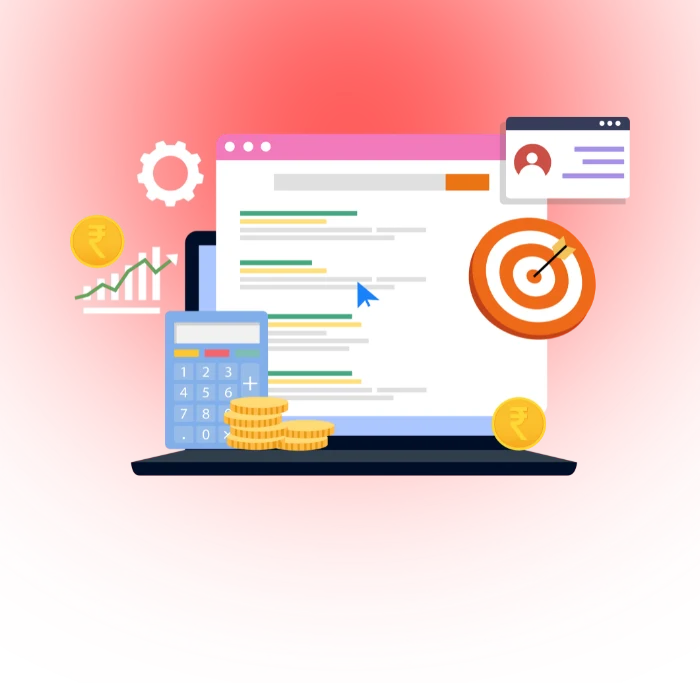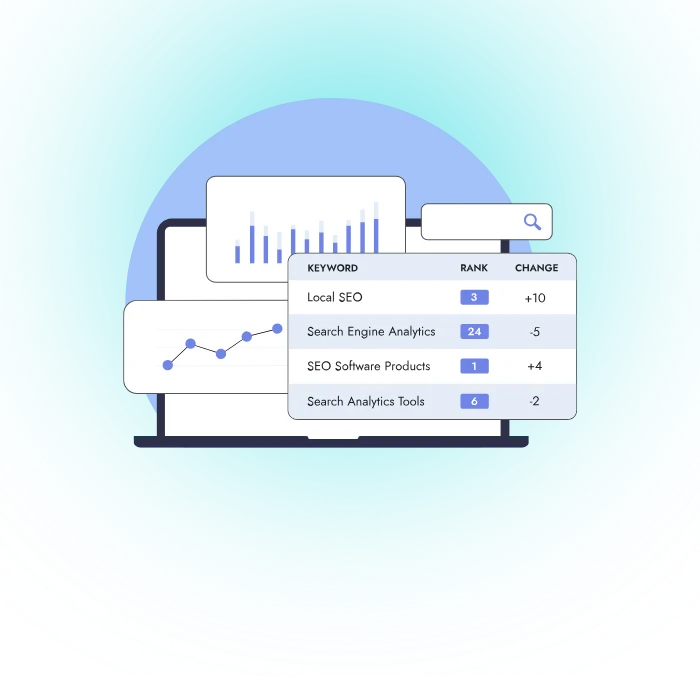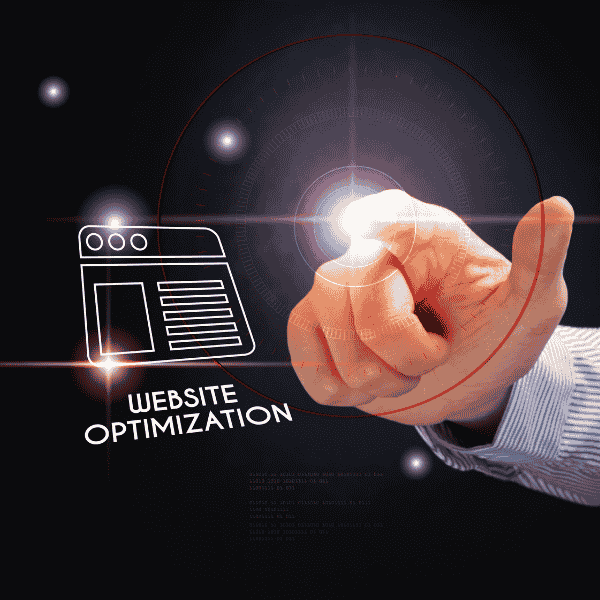The homepage of your e-commerce website is like the front doorway welcoming customers into your online store. This initial landing page sets the tone for the shopping experience ahead and can make a powerful first impression—for better or worse. That’s why e-commerce homepage optimization should be a top priority.
With some strategic enhancements and best practices, you can create an online store homepage that instantly engages visitors, motivates purchases, and boosts your key site performance metrics. This article explores essential tips for optimizing your e-commerce site’s main page for maximum conversions and revenue.
Key Benefits of Ecommerce Homepage Optimization
Before diving into specific optimization tactics, let’s look at some of the key benefits you can gain:
Higher Conversions: An optimized homepage removes friction from the buying journey, builds trust, and motivates visitors to make a purchase or become repeat customers. The right mix of elements like compelling product visuals, strong calls-to-action, positive social proof, and minimal steps can notably boost conversions.
Improved Site Metrics: Along with more sales, an enhanced online store front page can lift other crucial site performance metrics like lower bounce rates, longer session durations, and more page views per session. These signals show that visitors are engaging with your site.
Better SEO: While optimizing for search engines shouldn’t override the user experience, an e-commerce site’s main page SEO boost can increase organic traffic to your online store. This includes enhancing page speed, boosting keyword prominence, improving crawlability, and more.
Stronger First Impression: Your web store landing page is likely the first thing potential customers see when arriving at your site. Maximize this opportunity by immediately establishing your brand identity and value proposition visually and textually. Make it inviting and build trust quickly.
Identifying Areas for Improvement
Before implementing homepage design changes or SEO tactics for your online store’s main page, take time to understand what needs improvement. Analyze your current site homepage for issues like:
Poor conversion rates from landing page visitors
High homepage bounce rates
Low average session durations
Minimal page scrolling
Lack of clear next steps/calls to action
Slow page load speeds
Low keyword prominence and density
Diagnosing which elements need enhancement will inform an optimization plan tailored to lifting your e-commerce homepage’s weak spots.
Best Practices for Ecommerce Homepage Design
Nailing site-wide homepage design best practices is table stakes. Every online store should incorporate elements like:
Prominent branding and logo placement
Well-organized navigation and menus
Engaging imagery and multimedia
Clear value propositions and messaging
Easy access to search, account, cart, etc.
These provide the foundation—but e-commerce homepage optimization requires going further to perfect the presentation and purpose of key landing page elements.
Hero Section
The main banner/hero section makes a pivotal first impression. Optimize its design and purpose by:
Highlighting top-selling items or best promotions
Balancing impactful imagery with clear, concise text
Establishing credibility and trust with badges, ratings, etc.
Keeping load times fast—under 2 seconds
For maximum impact, tailor the banner content to new versus returning visitors. And give customers an instant, frictionless call to action, like “Skip to Products” or “Start Shopping.”
Product Display
Help visitors instantly connect with products they want by:
Carefully curating featured/trending products
Balancing grids, carousels, and visual hierarchy
Utilizing hover/popup functionality to showcase more specs
Enabling one-click adds to cart and wish lists
Ideally, feature products personalized for each visitor based on past site behavior and intent signals.,
Site Search
On an e-commerce site, the search box is vital. Optimize it by:
Making it highly visible above the fold
Offering intelligent auto-complete and search suggestions
Supporting natural language and partial word lookups
Providing faceted refinements of results like price, category, etc.
Testing innovations like conversational interfaces can remove friction and reveal visitor intent faster.
Social Proof Elements
Ratings, reviews, testimonials, and other trust-building social proofs should feature prominently on e-commerce homepages. Best practices include:
Showcasing your average star rating and total reviews
Highlighting 4+ star reviews and positive testimonials
Featuring recognizable logos of featured/trusted brands you carry
Videos and imagery of real customers using products or unboxing purchases also build authenticity and credibility.
Site Security & Trust Badges
Over half of shoppers will abandon purchases if they don’t trust a site. Counter consumer security fears by displaying prominent trust badges and seals confirming business legitimacy, safe checkout processes, encryption, money-back guarantees, etc. Compliment with site security certifications from Norton and McAfee.
Clear Calls-to-Action (CTAs)
Calls-to-action urge visitors to take intended actions. Perfectly placed, visually emphasized CTAs can notably lift conversions. Prioritize CTAs for:
Starting the search/shopping experience
Signing up for email lists and alerts
Checking out featured sales and deals
Visiting bestselling product pages
Experiment with placement, visual design, and language for optimal response rates.
Minimal Barriers to Purchase
Remove unnecessary steps blocking purchases with innovations like:
Accelerated checkouts
Saved cart flows and payment options
Instant buys integrating IoT and mobile wallets
The faster and easier it is to purchase, the less likely cart abandonment becomes.
SEO Tactics to Boost Ecommerce Homepage Performance
Along with optimizing on-page elements for engagement and conversions, home page enhancements tailored specifically to search engine optimization can drive more qualified organic traffic from Google and other channels.
Page Speed Enhancements
Slow page load times cripple both user experience and rankings. Enhance homepage speeds by:
Enabling browser caching and compression
Minifying JS/CSS/HTML files
Lazy loading of non-critical elements
Serving properly sized images
Eliminating rendering-blocking resources
Test site speed and performance on mobile and desktop to address issues causing bottlenecks.
Keyword Optimization
Naturally, work relevant keywords into page content to signal relevancy to searchers. Useful tactics:
Include target product terms in title tags and on page headers
Work category and product keywords into product descriptions and custom site search
Include related long-tail key phrases in hero text and value proposition messaging
Use schema.org and JSON-LD structured data where applicable
But avoid over-optimization and unnaturally cramming in keywords. Focus on informational, value-adding content.
URL Structure Enhancements
An e-commerce site’s category pages, product pages, blogs, etc. should each have descriptive URLs with target keywords that signal relevance. For example:
exampleshop.com/smartphones/iphone-14-pro-max
exampleshop.com/blog/how-to-choose-best-laptop
If using site links, optimize anchor text and surround text to include category and product terms.
Crawlability Confirmation
E-commerce sites often have issues with page indexing and crawl budget prioritization. To improve homepage findability:
Confirm page is not blocked by robots.txt
Enable XML site maps including the homepage
Implement descriptive breadcrumb schemas
Use Indexing API tools for priority crawling
Resolve any crawling errors in the Search Console
By better signaling page importance, the homepage should receive more crawl budget to get discovered and indexed faster.
Ongoing Ecommerce Homepage Optimization
Set up processes for continually perfecting your online store’s homepage experience over time:
A/B test placement of design elements, calls to action language, and timing of promotions
Monitor site analytics dashboards for changes in goal conversions and other key metrics
Keep page content, offers, and products fresh and relevant to audiences
Address technical and speed enhancements as web standards evolve
Watch SEO reports for shifts in organic visibility and rankings
What engages and converts visitors will change over time. Maintain a frequent optimization cadence to stay on top of e-commerce homepage best practices.
Since optimizing the product display area is critical for e-commerce homepage success, I will focus on expanding more tips and best practices specifically related to showcasing products effectively:
Additional Product Display Optimization Tactics
While the product display section earlier covered some best practices like thoughtful curation, balanced layouts, and hover functionality, plenty of additional optimization opportunities exist for effectively showcasing products on an e-commerce homepage:
Leverage AI and Intent Data
AI algorithms can dynamically select products to display optimized for each user based on signals like:
Past purchases and browsing history
Current search and page view intent
Personal preferences and interest traits
Similar customers’ shopping patterns
This level of real-time personalization keeps product selections hyper-relevant.
Highlight What’s Trending
Showcase what products are currently popular and “trending” based on metrics like:
Recent sales volume and velocity
Growing search frequency
Upticks in page views and engagement
Buzz on social media platforms
But validate trends against your own sales data first before solely relying on broader patterns.
Balance Discovery and Relevance
The product mix should balance helping existing customers easily:
Re-order favorites
Find complementary purchases
And aid new visitors to:
Discover new products
Try different brands
Too many irrelevant items will frustrate, while too few new options won’t captivate interest for long either.
Leverage Impulse Purchase Appeal
Homepage products should tempt impulse purchases by being:
Visually eye-catching
Deeply discounted deals
Low consideration items (e.g. accessories)
Appeal to temporary needs (e.g. seasonal)
Offer quick-add options and limited supply alerts to motivate instant purchases.
Showcase Exclusivity
Highlight product selections that visitors can’t purchase elsewhere, like:
Your private-label SKUs
Limited edition products
Unique bundles/kits
First-to-market upcoming launches
The exclusivity urges purchase urgency before missing out.
Key Takeaways
Optimizing the homepage of your e-commerce site for engagement, conversions and bottom-line revenue takes strategy, creativity, and persistence. By focusing efforts on visitors first and applying essential best practices, your online store’s homepage can become a trust-building gateway motivating purchases instead of a dead-end exit.
Conclusion
As the digital face of your brand, product catalog and shopping experience, an ecommerce homepage carries immense responsibility. It must instantly communicate your value proposition while removing any friction from the path to purchase. Although achieving homepage optimization can seem daunting, by following the strategic tips in this guide you can notably boost your online store’s landing page performance. Focus on understanding actual customer intent, streamlining clicks to checkout and reinforcing credibility at every step. Over time, through continual testing and enhancement guided by your key site analytics, your homepage will convert at new heights. Just remember, in ecommerce, the customer is king—and your homepage is their palace. Craft every element of it with their experience and satisfaction in mind and revenue success is sure to follow.
FAQs
What is eCommerce optimization
eCommerce optimization is the process of improving an online store’s design, content, performance, and user experience to increase traffic, engagement and sales. It involves enhancing product pages, navigation, site speed and checkout processes to boost conversions and search engine rankings.
Why does eCommerce optimization matter?
eCommerce optimization matters because it improves user experience, increases website traffic, and boosts sales. Well optimized store reduces bounce rates, encourages repeat purchases, and enhances search engine visibility, directly impacting business growth and profitability.
How is conversion rate calculated?
Conversion rate is calculated by dividing the number of conversions by the total number of visitors and multiplying by 100.
Formula:
Conversion Rate (%) = (Conversions ÷ Total Visitors) × 100
How do I optimize my ecommerce store for search engines?
To optimize your eCommerce store for search engines, use targeted keywords in product titles, descriptions and meta tags. It helps fast loading speed and mobile responsiveness, create high-quality content and blog posts and build internal and external links.
How can I personalize the user experience on my ecommerce site?
You can personalize the user experience on your eCommerce site by recommending products based on browsing history, showing location-based offers, sending tailored emails and using dynamic content for different customer segments.






